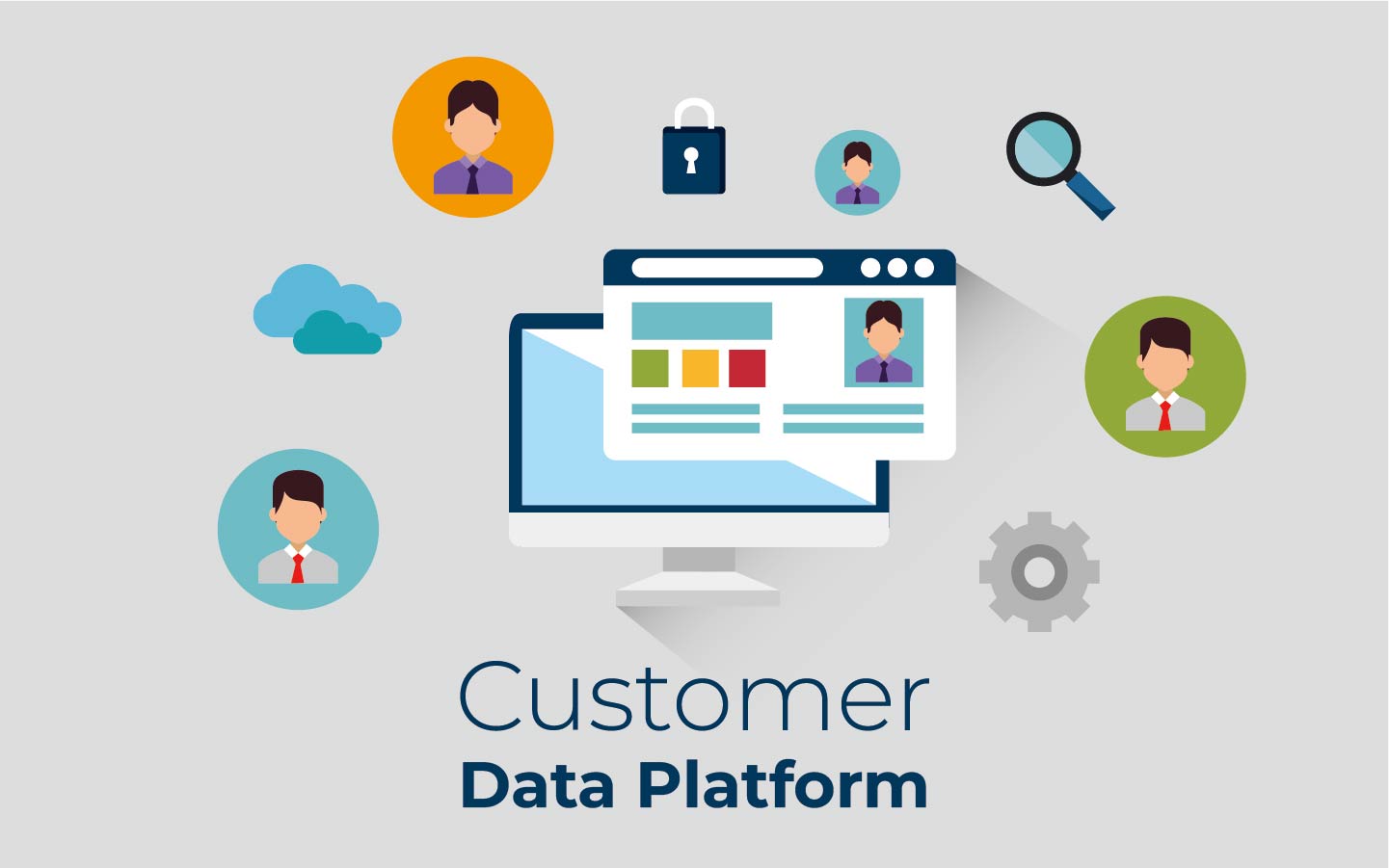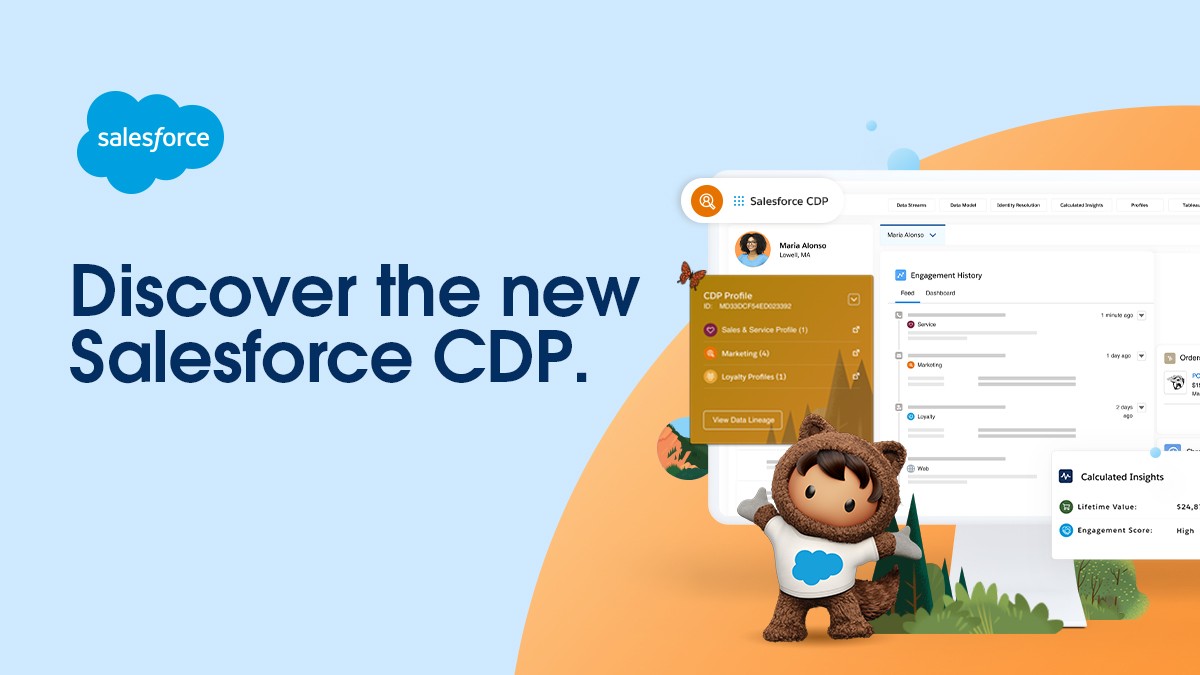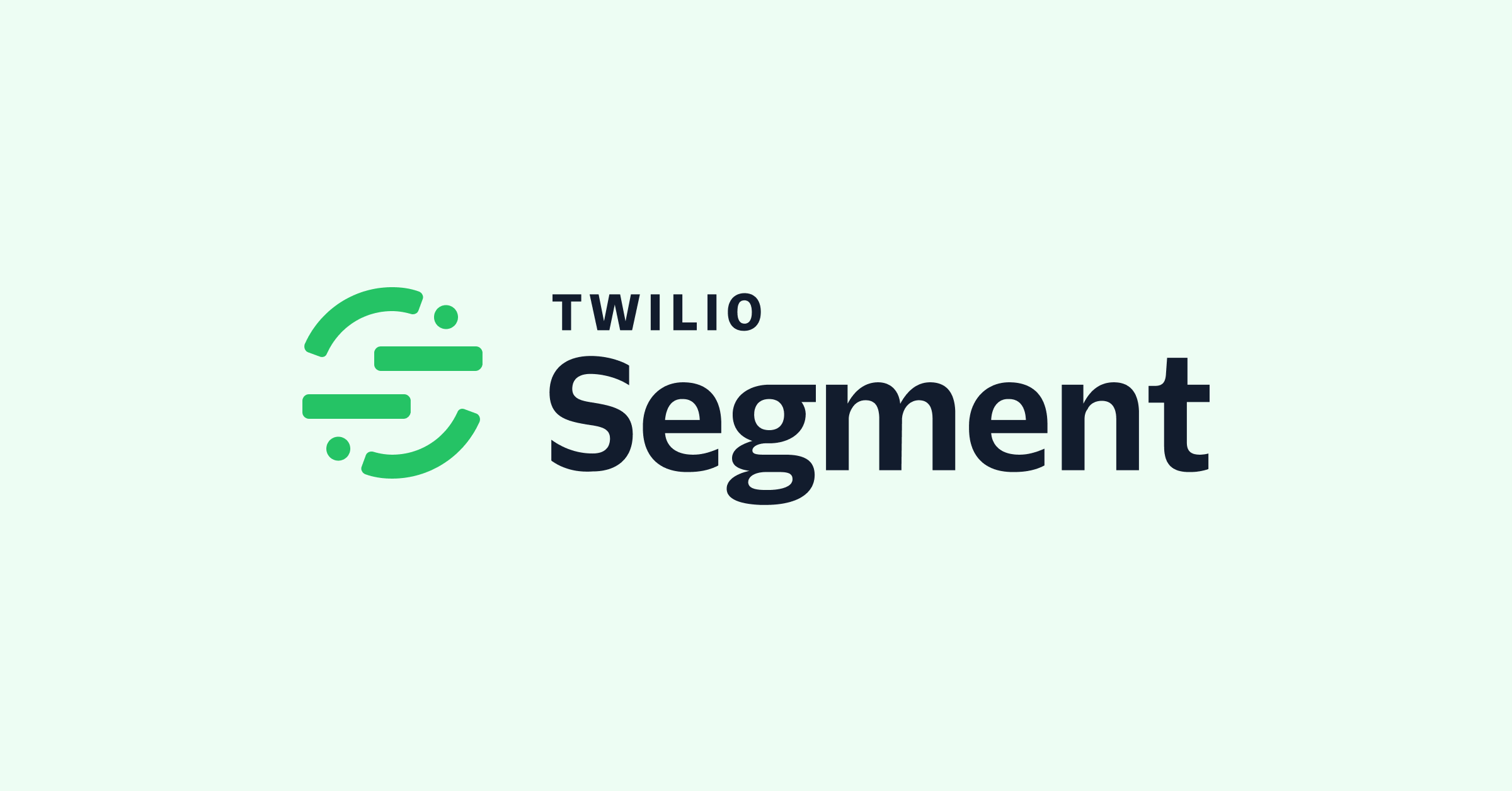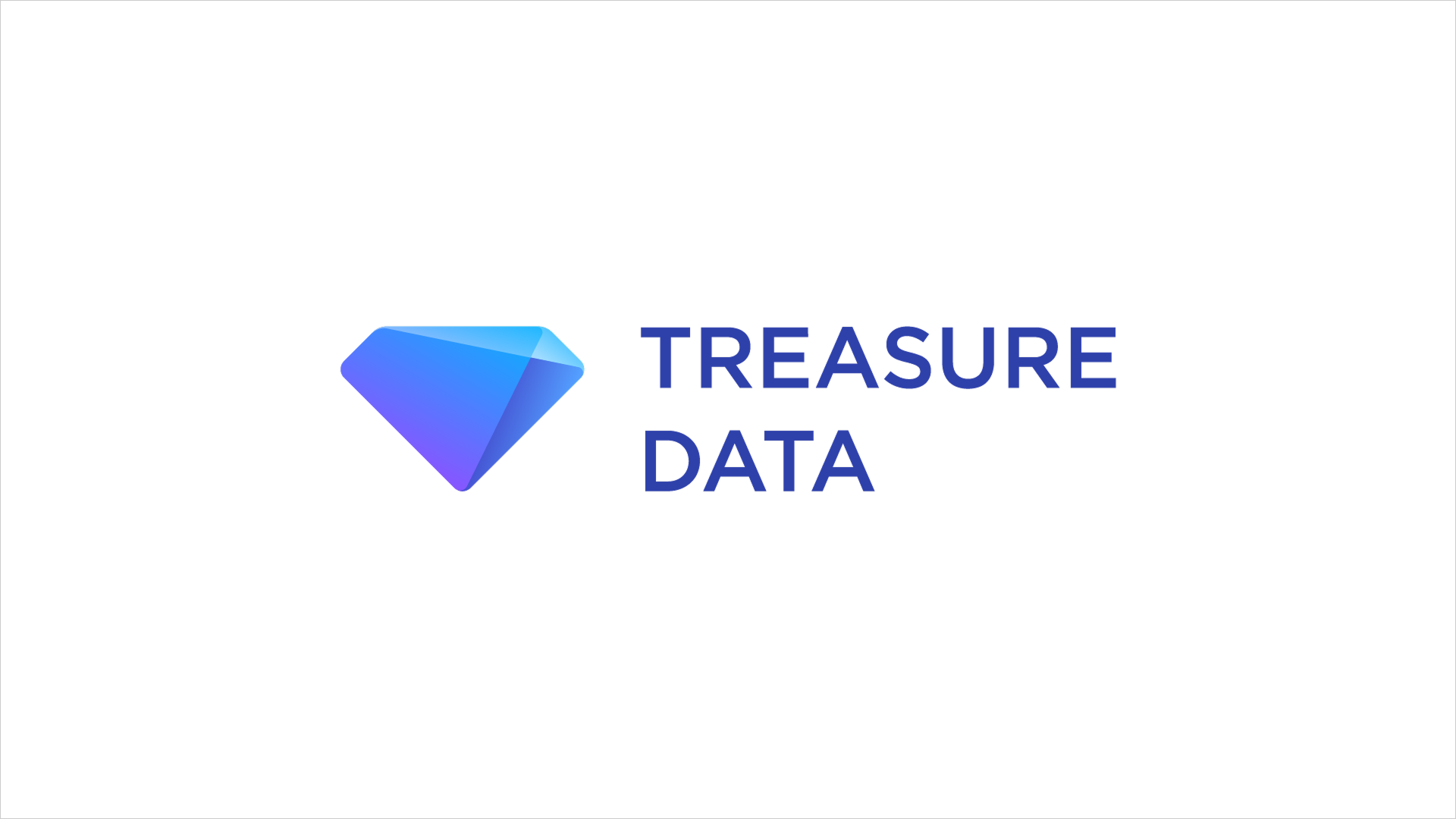
What is a Customer Data Platform (CDP)? An In-depth Analysis of Its Value and Applications
Adobe Experience Platform & Realtime CDP, CDP
19 February 2025
Table of Contents
1. Introduction
In the era of digital transformation, businesses generate and collect vast amounts of data daily from various channels such as websites, apps, social media, CRM systems, and offline stores. However, this data is often scattered across different systems, making it difficult for companies to obtain a unified customer view, which in turn impacts marketing and business decisions.
This is where the Customer Data Platform (CDP) comes into play. CDP helps businesses unify customer data management and enhance business performance through personalized marketing, making it an essential technology tool for modern enterprises.
2. What is a Customer Data Platform (CDP)?
2.1 Definition and Core Concepts of CDP
A CDP is a software system designed specifically for integrating and managing customer data. It consolidates data from various channels into a single database, creating a comprehensive 360-degree customer view that can be utilized by marketing, sales, and customer service teams.
2.2 Core Features of CDP:
- Integrates data from multiple channels
- Creates a unified customer profile
- Updates and processes data in real-time
- Supports personalized marketing and data analytics
- Ensures data privacy compliance
2.3 Differences Between CDP, CRM, DMP, and Marketing Automation Tools
Many people often confuse CDP with CRM (Customer Relationship Management) or DMP (Data Management Platform). Here are the key differences:
| Category | CDP (Customer Data Platform) | CRM (Customer Relationship Management) | DMP (Data Management Platform) |
|---|---|---|---|
| Data Sources | First-party, second-party, and third-party data | First-party data (customer relationship data) | Third-party data (anonymous audience data) |
| Data Type | Identifiable personal data (name, email, purchase history, etc.) | Identifiable personal data (contact information, purchase records, customer interactions, etc.) | Anonymous data (cookies, device IDs, ad identifiers, etc.) |
| Data Persistence | Long-term storage, creating a complete customer view | Long-term storage, focusing on customer relationship management | Short-term storage, usually retaining data for up to 90 days |
| Main Use Cases | Marketing automation, personalized experiences, customer analytics | Customer management, sales support, customer service records | Ad targeting, audience segmentation, programmatic advertising |
| Data Update Frequency | Real-time or periodic updates | Updated after transactions or interactions | Limited by cookie lifespan, usually short-term updates |
| Customer Identification | Identifiable individuals, providing a 360° customer view | Identifiable individuals, managing known customers | Anonymous audiences, relying on cookies or device IDs |
| Application Scenarios | E-commerce, retail, finance, travel, B2B marketing, suitable for multi-channel personalized marketing | Mainly used for sales and customer service, suitable for B2B or B2C customer management | Suitable for ad targeting, retargeting, and programmatic ad optimization |
3. Key Features and Value of CDP
CDPs are favored by businesses primarily because they address data silos and enhance marketing and sales efficiency. Below are the core features and value of CDPs:
3.1 Data Integration and Unified Customer Profiles
Cross-channel data integration
CDP has powerful data integration capabilities, enabling the consolidation of data from various channels into a unified customer profile, including:
- First-Party Data: Data from internal enterprise systems such as CRM, website behavior, apps, POS (Point of Sale systems), email marketing, and customer service records.
- Second-Party Data: Shared data from business partners, such as data exchanges in affiliate marketing.
- Third-Party Data: Audience data from advertising platforms, DMPs (Data Management Platforms), and other sources, including cookies, device IDs, and programmatic advertising data.
Customer identity resolution and merging
CDP leverages AI and machine learning technologies to help businesses with Identity Resolution, which includes:
- Deduplication and Merging: Solves the issue of inconsistent customer data collected across different channels. For example, a customer may register an account on the website, make purchases via the app, and use a membership card in a physical store. Each channel may generate a different data ID, but CDP can integrate these various data sources into a single customer profile.
- Identity Graph Construction: Links customer data across multiple devices, communication methods (e.g., email, phone number), purchase history, and website browsing behavior to ensure the business has a complete customer profile.
3.2 Real-Time Data Processing and Personalized Marketing
Real-time customer data update
Traditional data management systems often require hours or even days to synchronize and update data, whereas CDPs can perform real-time data updates, ensuring businesses can make decisions based on the latest customer behavior. For example:
- When a customer browses a product but does not purchase, CDP immediately records the behavior and triggers an "abandoned cart reminder" email or push notification.
- After a customer interacts with customer service, the system can instantly update their needs, ensuring the sales team receives the latest information and can provide more accurate follow-up strategies.
Personalized marketing and customer experience optimization
CDPs leverage machine learning and AI analytics to provide personalized marketing strategies for different customers, such as:
- Dynamic Content Recommendations: Based on a customer's purchase history, browsing behavior, and preference tags, relevant products or content are recommended. For example, streaming platforms like Netflix and Spotify use CDPs to provide personalized content recommendations.
- Behavior-Triggered Marketing: When a customer completes a specific action (e.g., account registration, first purchase, subscription cancellation), the system can automatically trigger appropriate marketing campaigns, such as welcome offers for new customers or re-engagement plans for churned customers.
- Predictive Marketing: AI predicts a customer's potential future behaviors, such as:
- High-Value Customers (VIP): Predicts which customers may become loyal customers and provides exclusive offers.
- Churn Risk Customers: Identifies customers who are at risk of churning and proactively offers discounts or retargeting strategies.
3.3 Privacy Compliance and Data Governance
(1) Data Privacy and Compliance Management
As data privacy regulations around the world (such as GDPR (General Data Protection Regulation), CCPA (California Consumer Privacy Act)) become increasingly stringent, CDPs have built-in powerful data privacy management features to ensure businesses can comply with regulatory requirements:

Data anonymization and encryption
Prevent customer sensitive information leakage.

Permission management and access control
Ensure that only authorized departments or employees can access certain types of customer data.

User data control rights
Provide users with mechanisms for "data deletion requests" and "data access requests," allowing consumers greater control over their data.
(2) Data Governance and Cleaning
Data governance is crucial for ensuring the accuracy, completeness, usability, and security of enterprise data. CDPs optimize data governance through the following mechanisms:
- Automated Data Cleaning: Removes duplicate, incomplete, or outdated data to improve data quality.
- Standardized Data Formats: Data from different sources may use different formats (e.g., date formats, currency units), but CDPs automatically convert them into a unified format to ensure data consistency.
- Data Tagging and Categorization: Uses AI to automatically tag data, making it easier to filter and apply later.
Through these features, CDPs ensure that businesses can make decisions based on accurate and complete data, avoiding mistakes due to incorrect or incomplete data.
3.4 Enhancing Marketing Efficiency and Resource Utilization
The integrated data and intelligent analytics of CDPs can significantly enhance the efficiency of marketing resource utilization:
Reduce marketing costs
Through precise data analysis, businesses can reduce ineffective advertising spend, focus on high-potential customers, and improve ROI (Return on Investment).
Enhance marketing automation capabilities
A CDP (Customer Data Platform) can automatically trigger marketing activities, reduce manual operations, and improve operational efficiency.

Enhance cross-department collaboration
Marketing, sales, customer service, and other departments can access unified customer data, improving internal collaboration efficiency within the organization.
4. CDP Market Trends and Mainstream Solutions
Currently, there are many CDP solutions in the market, with different vendors offering various features and functionalities tailored to different business needs. Here are some of the mainstream CDP vendors and their features:

Adobe Real-Time CDP
Suitable for large enterprises, capable of real-time integration of customer data from multiple channels, and seamlessly integrates with Adobe Experience Cloud, making it particularly ideal for businesses that require omnichannel personalized marketing.

Salesforce CDP
Tightly integrated with Salesforce CRM, making it ideal for businesses that rely on the Salesforce ecosystem. It enables direct application of CDP data to sales, marketing automation, and customer service, helping businesses create a comprehensive customer journey.

Segment CDP
API-driven at its core, making it suitable for technical teams. It offers flexible data processing and open APIs, allowing businesses to customize data flows according to their needs and integrate with various data analytics and marketing tools.

Treasure Data CDP
Focused on AI-driven data analytics, ideal for businesses requiring large-scale data processing, especially in industries such as retail, finance, and manufacturing. It offers powerful machine learning and predictive analytics capabilities to help businesses gain insights into customer behavior and optimize marketing strategies.
| CDP Vendor | Main Features | Target Audience | Advantages | Possible Limitations |
|---|---|---|---|---|
| Adobe Real-Time CDP | Real-time data integration, personalized marketing, automated decision-making | Large enterprises, multichannel marketing teams | Seamless integration with Adobe Experience Cloud, ideal for omnichannel marketing | Requires integration with other Adobe products, relatively high cost |
| Salesforce CDP | CRM integration, customer journey management, data governance | Enterprises using Salesforce CRM | Deep integration with the Salesforce ecosystem, ideal for sales and marketing teams | Dependent on the Salesforce ecosystem, lower flexibility |
| Segment CDP | API-driven, flexible data management, tech-oriented | Tech-driven companies, SaaS businesses | Highly customizable, ideal for technical teams for development and integration | Requires development resources, higher barrier to entry for non-technical teams |
| Treasure Data CDP | AI-powered predictive analytics, big data processing, omnichannel data consolidation | Enterprises needing large-scale data processing | Focus on AI and machine learning analytics, ideal for industries like retail and finance | Requires longer data setup and model training time |
These CDP solutions each have their own unique features, and businesses should consider business scale, industry needs, and budget when choosing the most suitable CDP platform for their data strategy.
5. Real-Time CDP: Advantages of Real-Time Data Processing
5.1 Real-Time Data Synchronization Ensures Accurate Decision-Making
Traditional CDPs may experience data synchronization delays, causing marketing activities to be mismatched with customers’ real-time needs. For example:
- E-commerce Websites: If the system takes 24 hours to update data, when a customer clicks on a product but doesn’t check out, the business may only be able to send an abandoned cart reminder the next day, significantly lowering the chances of conversion.
- Financial Services: If a customer applies for a credit card and it takes the bank 2 days to process the data, this may lead to the customer switching to a competitor.
Real-Time CDP uses real-time data streaming technology to ensure businesses receive the latest customer data, enabling them to make accurate and quick decisions.
5.2 Real-Time Personalization to Enhance Customer Engagement
Real-Time CDP can automatically adjust marketing content and recommendations based on the latest customer behavior, such as:

Real-time push notifications
When customers browse products but don't make a purchase, the system can send personalized offers via push notifications through the app within minutes, encouraging them to complete the purchase.

Dynamic email marketing
The system can send personalized promotional emails based on the customer's recent browsing history, increasing open rates and conversion rates.

O2O (Online-to-Offline) application
When a customer enters a physical store, the CDP can instantly notify the sales staff of the customer's shopping history, providing more accurate sales recommendations.
This real-time personalized experience can enhance customer satisfaction, increase conversion rates, and give businesses a competitive edge.
5.3 Increased Flexibility and Efficiency in Marketing Campaigns
While traditional CDPs help businesses with customer segmentation, these segments are typically static and cannot be adjusted based on the latest data. For example:
- Traditional CDPs may label a customer as a “low-value customer,” but if that customer has recently increased their purchase frequency, the label may no longer be accurate.
Real-Time CDPs can dynamically update customer segments to ensure marketing activities are based on the latest data. For example:
- Retail brands can immediately change discount strategies based on a customer’s purchases that day, increasing the ROI of promotional campaigns.
- The travel and hospitality industry can recommend special flight deals or hotel discounts based on a user’s recent search and booking behavior.
This dynamic updating mechanism helps businesses target customers more accurately and adjust marketing strategies flexibly, boosting the success rate of marketing activities.
5.4 Seamless Integration into the Business Technology Ecosystem, Enhancing Data Application Value
Real-Time CDPs can integrate with marketing automation tools, CRM, customer service systems, and advertising platforms to ensure data flows in real-time across different departments. For example:
- Integration with CRM: When a customer submits a product inquiry, the CDP can immediately update the CRM, allowing salespeople to follow up right away.
- Integration with Marketing Automation: After a user interacts with the brand, the system can automatically trigger emails, SMS, or push notifications to enhance marketing efficiency.
- Integration with Advertising Platforms: Real-time customer tags can be used for advertising on platforms like Facebook and Google Ads, improving return on ad spend (ROI).
This cross-system real-time integration capability ensures that businesses can maximize the value of their data and improve cross-department collaboration efficiency.
6. CDP Use Cases and Case Analysis
Customer Data Platforms (CDPs) are widely applied across industries, and both traditional CDPs and Real-Time CDPs help businesses better manage customer data and improve marketing effectiveness. However, their use cases differ:
- General CDPs are more suited for long-term data analysis, customer segmentation, and marketing automation. They are ideal for industries that require stable data analysis but do not need real-time responses, such as B2B, insurance, and long-term membership management.
- Real-Time CDPs are ideal for instant interactions, real-time personalized recommendations, and automated decision-making, making them suitable for industries with high real-time demands, such as e-commerce, retail, financial transactions, and travel.
The following analysis explores typical use cases and examples of general CDPs and Real-Time CDPs across different industries.
6.1 Retail and E-commerce
General applications of a CDP.
- Customer Purchase Behavior Analysis: Based on past purchase history and website browsing behavior, segment customers into groups such as "loyal customers," "price-sensitive customers," etc., and develop long-term marketing plans.
- Membership Loyalty Program: Based on accumulated customer spending data, regularly send coupons or exclusive discounts to increase repeat purchases.
- Marketing Automation: Send weekly or monthly EDM (email marketing) with personalized product recommendations.
Applications of Real-Time CDP.
- Real-Time Cart Abandonment Marketing: When a customer browses a product but does not complete the checkout, the system can offer discounts via push notifications or emails within minutes to increase the purchase rate.
- Dynamic Price Adjustment: Based on real-time market demand and inventory status, personalized pricing strategies can be offered to different customers.
- Real-Time Product Recommendations: When a customer clicks on a product, the website can recommend other similar or complementary products based on real-time data, enhancing the shopping experience and average order value.

Case Study: How an E-commerce Platform Increased Sales Conversion with Real-Time CDP A customer browsed a specific smartphone on an e-commerce website three times but did not complete the purchase. Real-Time CDP immediately:
- Sent an app push notification offering a limited-time 5% discount.
- Sent an email to notify the customer that the product was running low on stock, creating a sense of urgency.
- When the customer revisited the website, the homepage prioritized displaying the product and recommended related accessories.
Result: Conversion rate increased by 30%, and sales grew significantly.
6.2 Finance and Insurance Industry
General applications of a CDP (Customer Data Platform).
- Long-term Customer Risk Assessment: Based on customer transaction records and credit scores, categorize customers as high-risk or low-risk and provide different financial products.
- Customized Loan and Investment Advice: Analyze customer financial behavior through historical data to provide the most suitable investment or loan plans.
- Regular Marketing Promotions: For example, sending monthly investment trend reports to increase customer awareness of products.
Applications of Real-Time CDP.
- Real-time Fraud Detection: When the system detects suspicious transactions (such as IP address changes or abnormal purchasing behavior), it immediately sends an alert to prevent fraudulent transactions.
- Dynamic Credit Assessment: Based on the latest customer transaction behavior, the system instantly updates the credit score to provide more accurate loan amounts or terms.
- Personalized Financial Recommendations: When a customer clicks on an investment product, the system can immediately recommend related financial plans to increase investment conversion rates.

Case Study: How a Bank Increased Loan Application Success Rates Using Real-Time CDP A customer just performed a loan calculation on the bank's app, and Real-Time CDP immediately:
- Sent an email with an exclusive loan offer.
- Notified customer service to proactively contact the customer and answer related questions.
- Synced data to the risk management system for real-time credit assessment, ensuring accurate loan decision-making.
Result: Loan application conversion rate increased by 25%, while reducing risk management costs.
6.3 Travel and Hospitality Industry
General applications of a CDP (Customer Data Platform).
- Traveler Preference Analysis: Based on historical booking records, recommend suitable destinations and itineraries.
- Loyalty Program Management: Offer upgrades or exclusive discounts based on members' accumulated miles or stays.
- Seasonal Promotion Activities: Send promotional information at fixed times each year based on customer’s past travel patterns, such as ski discounts in winter or beach resort deals in summer.
Applications of Real-Time CDP.
- Real-Time Flight and Hotel Recommendations: When a traveler searches for a flight or hotel, the system immediately pushes relevant discount offers to increase conversion rates.
- Personalized Upgrades and Add-on Recommendations: During check-in, based on real-time data, the system offers upgrades or customized services, such as providing dining discounts or late check-out offers.
- Dynamic Pricing and Supply Adjustments: Based on demand changes, the system automatically adjusts hotel or flight prices to maximize revenue.

Case Study: How an Online Travel Agency Improved Order Conversion with Real-Time CDP A customer just searched for a flight to Tokyo on a travel website, and the Real-Time CDP immediately:
- Sent a real-time flight discount push notification to encourage immediate booking.
- Recommended nearby popular hotels with exclusive discounts.
- Displayed the latest member points information, suggesting whether points could be used to redeem the flight ticket, increasing participation in the loyalty program.
Result: The customer completed the flight booking within 10 minutes, increasing the conversion rate by 25%.
6.4 B2B Enterprise Marketing
General applications of a CDP (Customer Data Platform).
- Customer Segmentation and Long-term Sales Strategy: Based on the behavior and purchase history of potential customers, categorize them into high-potential or low-value customers, and develop corresponding sales plans.
- Email Marketing: Regularly send industry trend reports to increase potential customers' engagement.
Applications of Real-Time CDP.
- Real-time Lead Follow-up: When a potential customer frequently visits a product page, the system can immediately notify the sales team to follow up.
- Dynamic ABM (Account-based Marketing): Adjust advertising and marketing content dynamically based on the behavior of business clients.

Case Study: A SaaS Company Boosts Sales Efficiency with Real-Time CDP A customer recently searched for flights to Tokyo on a travel website. The Real-Time CDP immediately:
- When a potential lead frequently visits the pricing page, the system notifies the sales team for follow-up.
- Automatically sends product demo invitations to increase interaction opportunities.
- Instantly adjusts remarketing ads to improve return on advertising spend (ROAS).
Result: B2B customer conversion rate increased by 40%.
These case studies demonstrate how Real-Time CDP creates greater value across various industries, improving marketing accuracy and business growth.
7. Challenges and Recommendations for Implementing CDP in Enterprises
Implementing a Customer Data Platform (CDP) can help enterprises integrate data, enhance marketing effectiveness, and provide a more personalized customer experience. However, the implementation of CDP is not a quick process, and enterprises may face various challenges during implementation, including technical integration, data governance, team collaboration, and cost investment.
Below is a detailed analysis of the main challenges enterprises face when implementing CDP and recommendations to help enterprises successfully implement CDP and maximize its benefits.
7.1 Multiple and Dispersed Data Sources, High Integration Complexity
Customer data in enterprises typically comes from multiple channels, including websites, apps, CRM, ERP, POS (sales systems), social media, advertising platforms, etc. These data are often inconsistent in format and stored in different systems, making data integration more complex.
Solution:
Before implementing CDP, enterprises should first assess all data sources and determine which data need to be integrated. Ensure that the CDP has strong API integration capabilities to seamlessly connect with CRM, marketing automation tools, and customer service systems, reducing the risk of data loss or errors. Additionally, enterprises can use ETL (Extract, Transform, Load) technology to process data, ensuring that data from different sources is transformed into a unified format to improve data consistency and usability.
7.2 High Technical Barriers for Real-Time Data Processing
Traditional CDPs primarily perform static data analysis, which usually takes hours or even days to process. However, Real-Time CDP requires processing large volumes of data in real-time and reacting quickly to the latest customer behaviors, such as push notifications or dynamic content recommendations. This poses higher demands on an enterprise’s IT infrastructure and data processing capabilities, especially under high-traffic conditions, where enterprises must ensure that the CDP runs stably to avoid system crashes or data delays.
Solution:
Enterprises can choose cloud-based CDP solutions, such as Adobe Real-Time CDP or Segment, to leverage cloud computing to enhance data processing capabilities. Furthermore, implementing edge computing technology can move some data processing to the user’s side or local servers, reducing data transmission delays and improving immediacy. The system architecture should also ensure scalability to handle large-scale data processing demands during peak times.
7.3 Data Privacy and Compliance Challenges
Data privacy regulations in various countries (such as GDPR, CCPA) impose strict requirements on how enterprises store and process customer data, and enterprises need to ensure that their CDPs comply with these regulations to avoid fines. For example, enterprises must provide “data deletion requests” and “data access control management,” ensuring that users have control over their personal data. Furthermore, data regulations vary between countries and regions, so enterprises operating in global markets need to ensure that their CDP solutions comply with data protection requirements in different regions.
Solution:
Enterprises should choose CDPs with robust data governance capabilities to ensure they support data anonymization, access control management, and compliance review mechanisms. Additionally, enterprises should establish comprehensive internal data privacy policies to ensure that all departments involved with customer data (e.g., marketing, IT, legal) adhere to the relevant compliance requirements. Enterprises should also regularly review the operation of the CDP to ensure it complies with regulatory changes and avoid penalties or reputational damage due to non-compliance.
7.4 Internal Team Collaboration and Change Management Challenges
The successful implementation of a CDP is not only a technical issue but also involves internal team collaboration and change management. Since CDP involves multiple departments, including marketing, IT, data science, sales, and customer service, a lack of effective cross-department communication may lead to difficulties in CDP implementation. For example, the marketing team may want quick access to data for personalized marketing, while the IT team is concerned about data security and compliance. These differing priorities may lead to conflicts.
Solution:
Enterprises should establish cross-department project teams to ensure that all relevant departments participate in the CDP implementation plan and clarify the roles and objectives of each department. Additionally, clear CDP usage rules should be established, such as how to access data, how to apply data for marketing activities, and how to ensure data privacy compliance. Internal training is also critical to ensure that all users are familiar with the CDP’s functions and operations, improving overall operational efficiency.
8. Conclusion
Implementing a CDP helps enterprises break down data silos, unify customer data management, and enhance marketing accuracy and personalized experiences. Whether in retail, e-commerce, finance, travel, or B2B, CDP can improve data utilization efficiency, strengthen marketing strategies, and optimize customer relationship management. However, during the implementation process, enterprises need to face multiple challenges such as data integration, technical architecture, data privacy, and internal collaboration. A clear implementation strategy must be established, the appropriate CDP solution chosen, and close cooperation between teams ensured to fully realize the value of CDP.
For enterprises that require real-time data processing and personalized marketing, Real-Time CDP provides stronger real-time interaction capabilities, allowing for instant responses to customer needs, improving conversion rates and loyalty. On the other hand, general CDP is more suitable for long-term data analysis and segmentation management, helping enterprises develop more strategic marketing plans.
Leads Technologies, as an expert in digital transformation, offers professional CDP solutions, data integration, and marketing automation services, helping enterprises choose the most suitable CDP platform and ensuring successful implementation and operation. If your enterprise is considering implementing CDP or wishes to optimize its existing data strategy, feel free to contact us, and we will provide you with expert advice and technical support. To learn more about CDP solutions, please contact us at Leads Technologies.


